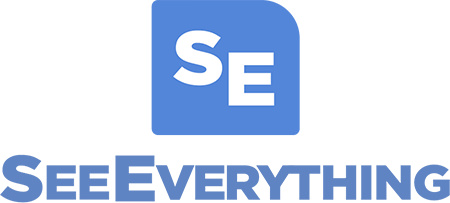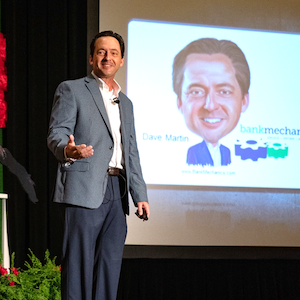 |
 |
It had long since come to my attention that people of accomplishment rarely sat back and let things happen to them. They went out and happened to things. » Leonardo Da Vinci
Maxx-imizing Relationships
I recently enjoyed a Fortune Magazine column by Beth Kowitt entitled, “Is T.J. Maxx the Best Retail Store in the Land?” In it, she points out that most shoppers at TJM don’t walk in with a particular purchase in mind.
The industry term for this kind of shopping is a “treasure hunt.” I smiled reading that.
TJM and Marshalls are stores that I usually do not mind being dragged into by my wife. And I have a somewhat ridiculously large collection of unworn Nike caps to prove it.
But it was something else in the column that got me reflecting on a subject I’ve preached about for years. In her list of key elements that have made T.J. Maxx successful over time, one bullet-point is “Suppliers aren’t used-car dealers.”
It’s suggested that TJM buyers realize that each negotiation with a supplier is not a one-time “winner v. loser” interaction.
While both parties have self-interests, TJM’s buyers realize that transactions with suppliers have to feel like a “win-win” to ensure healthy dealings in the future. And if a deal can’t be agreed upon, they remain positive and committed to future dealings.
“No” today doesn’t necessarily mean “No” tomorrow.
When discussing sales strategies over the past decade or so, I’ve often half-jokingly defended used car salesmen. Those folks act the way they do because the dynamics of their industry call for it.
They know that if they don’t sell you something before you leave their lots, they will likely never see you again. Heck, even if they do sell you a vehicle, the odds are that they’ll never sell you another one again.
So, they’re not building long term relationships. They need to make that sale…today.
I’ve contrasted that with the dynamics that in-store and onsite bankers deal with. We absolutely want to ask folks for their business and close as many sales as we can.
And, sure, today would be nice.
But the incredible advantage we have is in knowing that we have frequent opportunities to expand upon conversations and build increased rapport with customers patronizing our retail partners.
A “No” today doesn’t necessarily mean “No” tomorrow, if we remain friendly and engaged.
Whether you’re negotiating with suppliers or marketing and selling financial services in the aisles of a grocery store, remember that the relationships that may take a little longer to develop tend to be the ones you’ll keep longer in the future as well.
A Positive Reflection?
An old friend who manages a large branch network asked me a few weeks ago for ideas on motivating his team. His request actually caught me a little by surprise.
He and his teams have long been top performers. He has great energy and is also the kind of manager who realizes his success is simply the cumulative, individual successes and failures of the team members who report to him.
He gets it.
But he shared that he couldn’t remember a time when he felt so many of his team members were moping around. He said, “It’s like someone let the air out of their balloons. It’s kind of depressing.”
After a few minutes of conversation, I couldn’t help notice he was particularly upset about the attitude problem that one of his senior, direct reports had developed.
And the more we chatted, the more I realized 1) That employee was letting personal issues damage his work relations; and 2) My friend was likely allowing that individual employee’s poor behavior to influence how he was perceiving others.
He seemed to be mentally and maybe even a little emotionally drained by that one employee. I wondered aloud whether he may be misreading his other team members’ demeanors.
When you’re not in a positive mental state, it’s easy to misinterpret otherwise innocuous behaviors.
I also suggested that it was possible that he was seeing less positivity from employees because they were mirroring him. A team’s outlook will almost always mimic that of their leader.
It’s quite possible he was seeing reduced enthusiasm because he was showing less of it himself.
I like to point out in speeches that in nature there were alpha males and females, matriarchs, patriarchs, tribal chiefs, etc. who greatly influenced the moods of their groups. In business today, we have an org chart. And the higher on the org chart, the more folks whose moods that person will impact.
My friend wasn’t sure if it was his own mood that was the issue. But he couldn’t be sure that it wasn’t.
He committed to consciously picking up his own energy level and optimism when he walked into a branch or picked up the phone to speak to one of his team members. He also vowed to address and resolve one particular attitude problem in his world.
The mood you show today will usually be the mood your team shows, as well.
Choose wisely.









